



Suggested Citation: Sripathy, Pratheek, Deepak Yadav, Aditi Bahuguna, and Hemant Mallya. 2023. Accelerating the Implementation of India's National Green Hydrogen Mission: Assessment of Standards to Enable the Ecosystem. New Delhi: Council on Energy, Environment and Water
This study provides a comprehensive overview of the existing standards relating to green hydrogen in India. It compares the Indian standards with those in countries such as Australia, Canada, Germany, Japan, South Korea, the United States (US), and the United Kingdom (UK) across components of the green hydrogen value chain. The comparison identifies the gaps in existing standards in India across the hydrogen value chain and recommends alternatives for adoption.
India has set a target of producing 5 million tonnes per annum (MTPA) of green hydrogen by 2030 through the recently launched National Green Hydrogen Mission. In order to support the growth of a hydrogen economy, governments, research institutions, and international bodies are working in conjunction to harmonise codes, standards, and procedures related to the hydrogen value chain.
Green hydrogen is in the early stages of deployment worldwide. As of August 2022, 38 countries, including the European Union (EU), were developing or had ratified policies on green hydrogen. The trading of green hydrogen, its derivative fuels, and related technologies are expected to significantly increase, given the mounting pressure to meet climate goals and the lack of access to renewable energy in many countries. The lack of codes and standards has been consistently recognised as a major hindrance to the large-scale deployment of any horizon technology. In order to support the growth of a hydrogen economy, governments, research institutions, and international bodies are working in conjunction to harmonise codes, standards, and procedures related to the hydrogen value chain.
India has set a target of producing 5 million tonnes per annum (MTPA) of green hydrogen by 2030 through the recently launched National Green Hydrogen Mission. Rapid scaling up of green hydrogen projects in India would require the development of a favourable ecosystem, and a single window clearance for green hydrogen projects would be a key component. In this regard, the development and harmonisation of hydrogen standards would play a critical role in making it for businesses to enter the green hydrogen market. In addition, since India aims to be a global hub for green hydrogen in the coming decades, the synchronisation of standards across the value chain with global export markets is of the utmost importance.
Our report provides a comprehensive overview of the existing standards relating to green hydrogen in India. Further, the report also compares the Indian standards with those in countries such as Australia, Canada, Germany, Japan, South Korea, the United States (US), and the United Kingdom (UK) across components of the green hydrogen value chain. The comparison identifies the gaps in existing standards in India across the hydrogen value chain and recommends alternatives for adoption. The comparison enables the identification of standards that are popular worldwide, so that they may be adopted in India after due diligence.
The missing links in standards related to the hydrogen value chain and the alternatives for adoption are summarised schematically in ES Figure 1. The gaps in standards are categorised according to the various stages of the value chain – namely, production, storage, transportation, applications, and dispensation. The key recommendations are given in what follows.
ES Table 1 details the hydrogen safety standards in India, covering various components of the value chain, and suggests alternatives to existing standards; it also recommends standards in cases where there are none. In addition, the detailed commentary compares the status of the standards in countries such as Australia, Canada, Germany, Japan, South Korea, the UK, and the US.
Figure ES1 Missing links in the hydrogen value chain in India
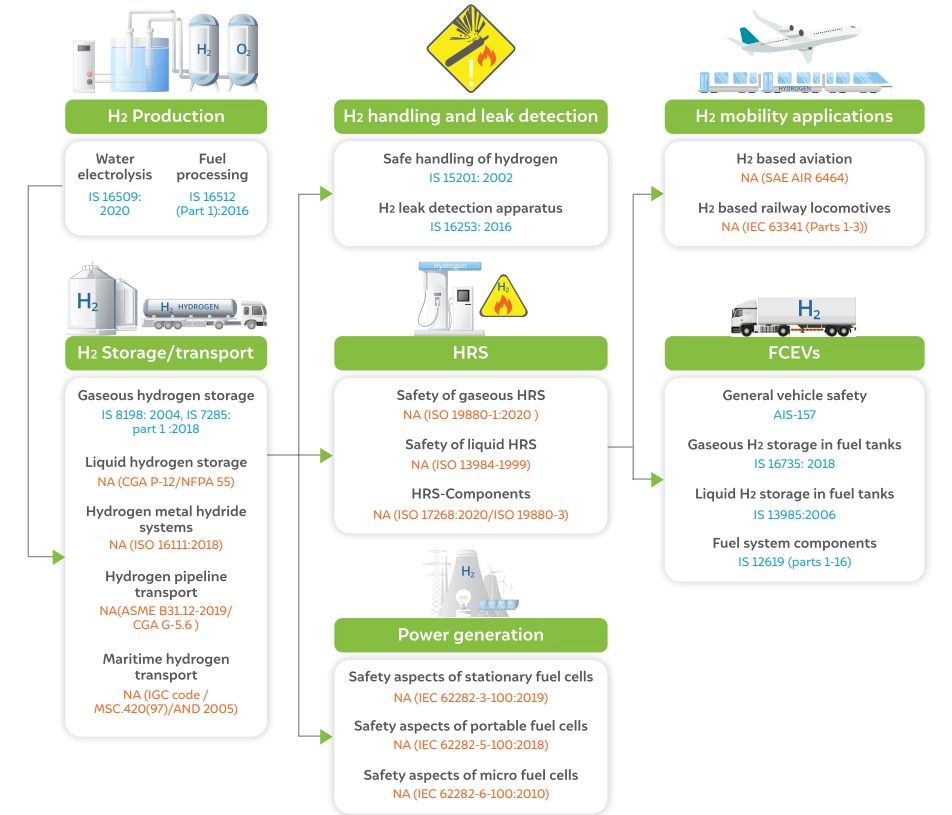
Source: Authors' compilation
Note: The colour of the text represents whether Indian safety standards are present. Blue indicates that indigenous standards have been developed, whereas orange denotes that indigenous standards are not available and indicates possible alternatives for India to adopt.
Table ES1 Summary of gap assessment of hydrogen standards in India
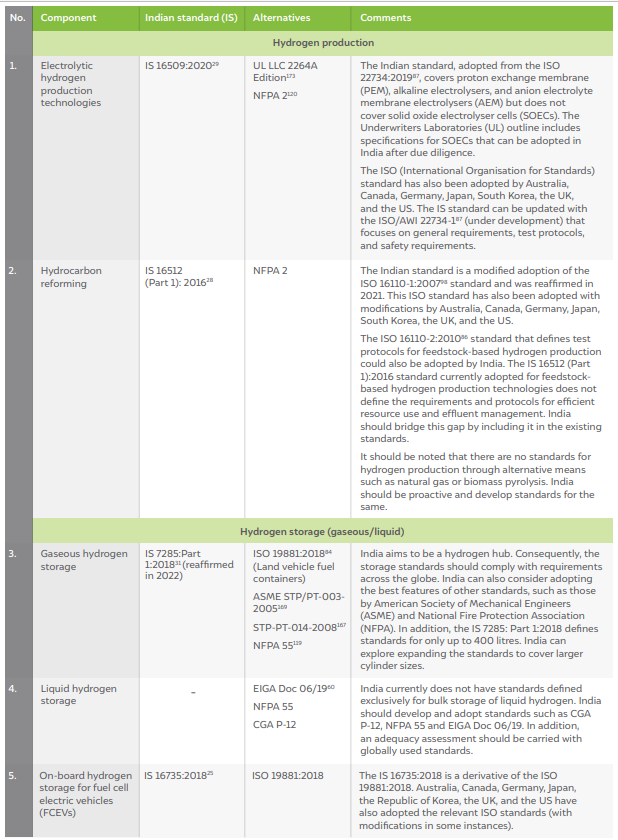
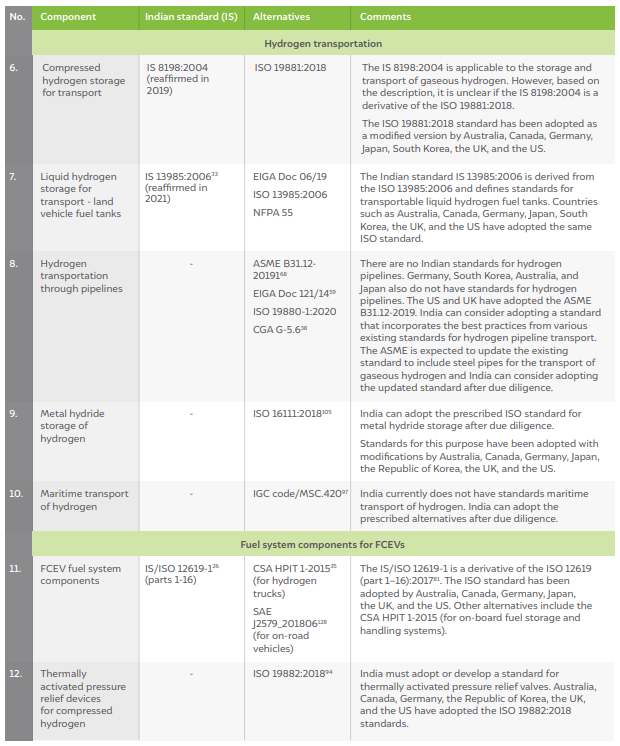

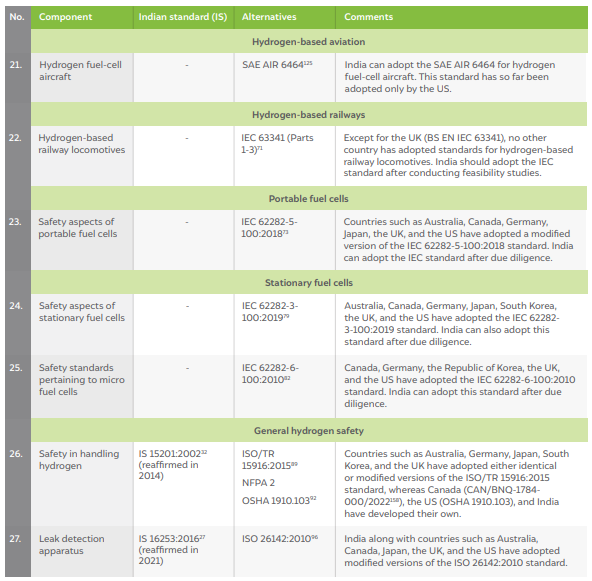
Source: Authors' compilation
Green hydrogen is the hydrogen produced through the use of renewable energy for the electrolysis of water. The ability to produce green hydrogen in a de-centralised manner makes this fuel of the future particularly useful.
The National Green Hydrogen Mission (NGHM) aims to make India a global hub for the production of green hydrogen while also creating demand for its usage and export of Green Hydrogen and its derivatives. This will contribute to India’s climate ambitions and help the country become Aatmanirbhar (self-reliant) for its energy needs. The Mission will lead to significant decarbonisation of the economy and reduced dependence on fossil fuel imports.
India already has standards for hydrogen production using proton exchange membranes (PEM), alkaline electrolysers, and anion electrolyte membrane electrolysers (AEM) but does not for solid oxide electrolyser cells (SOECs). India also has standards for hydrogen production through hydrocarbon reforming. However, India does not have standards for production through alternative means such as natural gas or biomass pyrolysis. India also has standards for the gaseous storage of hydrogen but needs to develop standards for bulk storage of liquid hydrogen. India also has standards for onboard hydrogen storage for fuel-cell electric vehicles. While India has standards for the storage and transport of gaseous and liquid hydrogen, it lacks standards for transportation through pipelines.
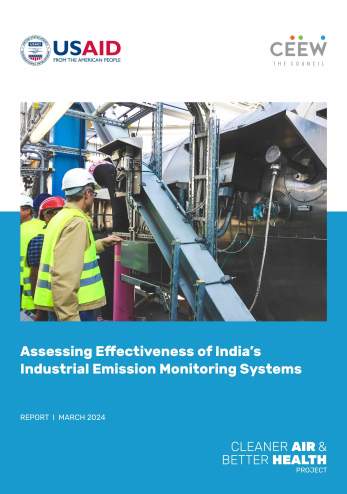
Assessing Effectiveness of India’s Industrial Emission Monitoring Systems
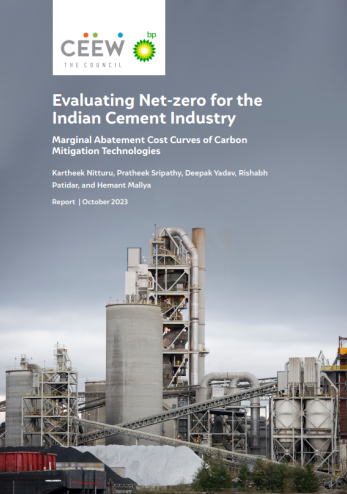
Evaluating Net-zero for the Indian Cement Industry
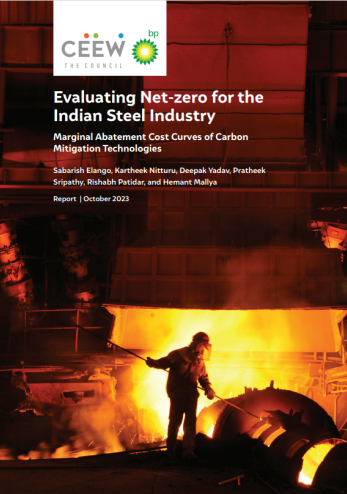
Evaluating Net-zero for the Indian Steel Industry
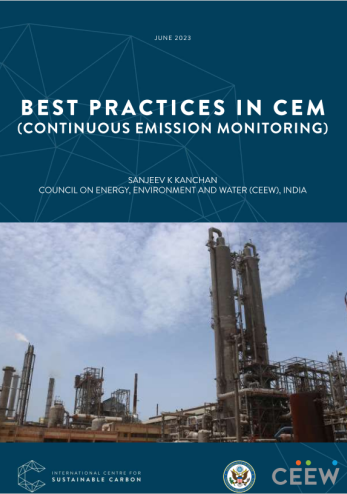
Best Practices in CEM (Continuous Emission Monitoring)
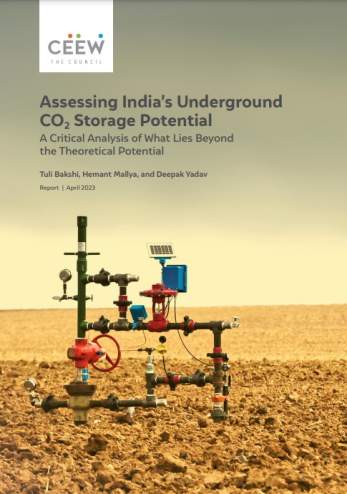
Assessing India’s CO₂ Storage Potential